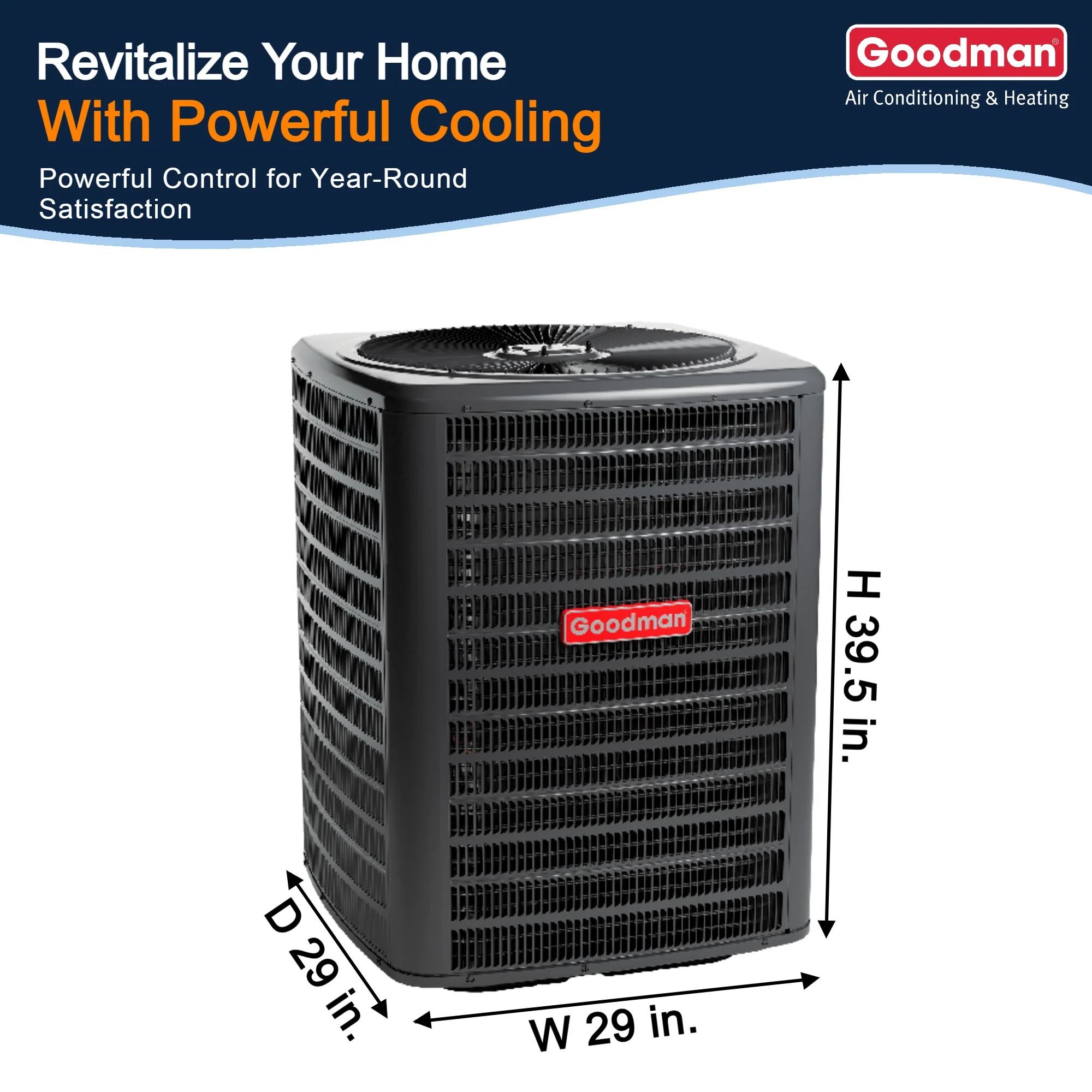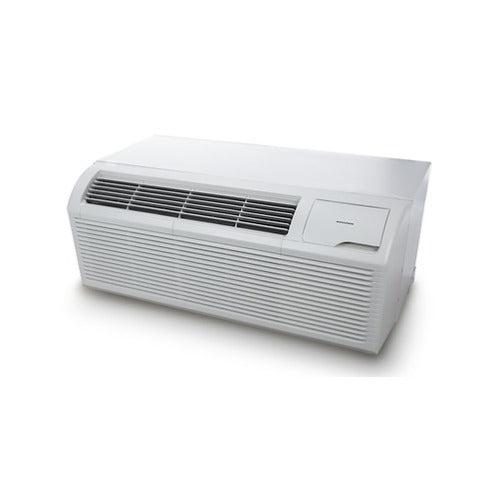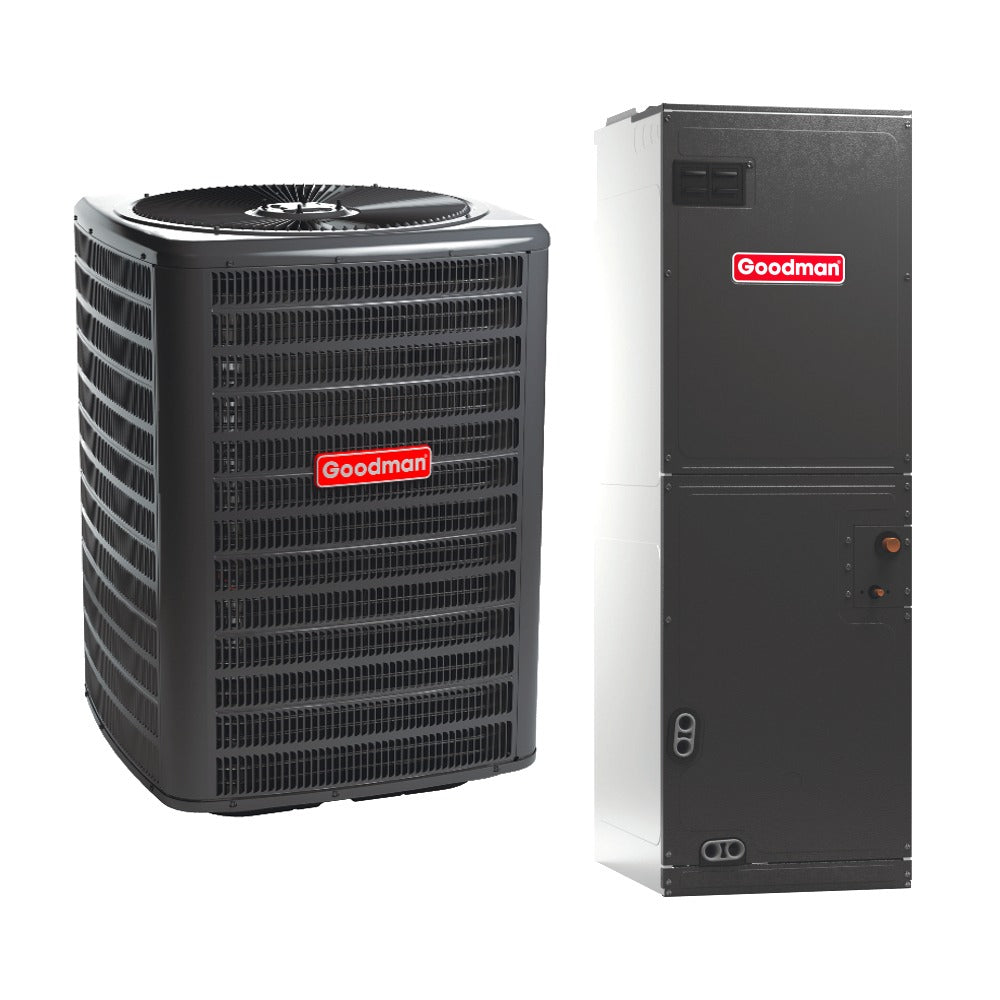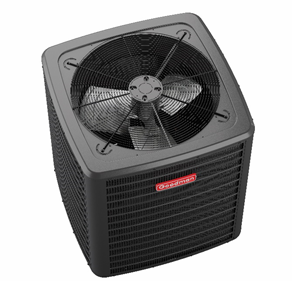Introduction
As the demand for environmentally friendly and energy-efficient cooling solutions grows, R-32 refrigerant has emerged as a leading alternative in the HVAC industry. This guide provides a beginner-friendly overview of R-32, highlighting its benefits, safety considerations, and relevance in modern HVAC systems.
What Is R-32 Refrigerant?
R-32, or difluoromethane, is a hydrofluorocarbon (HFC) refrigerant commonly used in air conditioning and refrigeration systems. It serves as a replacement for older refrigerants like R-410A due to its superior energy efficiency and lower environmental impact.Today's Homeowner+2AppliancesFirst+2The Proper Kitchen+2
Environmental Benefits
One of R-32's significant advantages is its low Global Warming Potential (GWP) of 675, which is substantially lower than R-410A's GWP of 2,088. This reduction contributes to decreased greenhouse gas emissions, aligning with global efforts to combat climate change.
Energy Efficiency and SEER2 Ratings
R-32 enhances the energy efficiency of HVAC systems, leading to improved Seasonal Energy Efficiency Ratio 2 (SEER2) ratings. Higher SEER2 ratings indicate better energy performance, resulting in lower energy bills and reduced environmental impact.
Understanding BTU
BTU, or British Thermal Unit, measures the amount of heat required to raise the temperature of one pound of water by one degree Fahrenheit. In HVAC systems, BTU ratings indicate the cooling or heating capacity of a unit. R-32's efficient heat transfer properties allow systems to achieve desired BTU outputs more effectively.
Safety Considerations
R-32 is classified as an A2L refrigerant, indicating low toxicity and mild flammability. Proper handling and installation by trained professionals are essential to ensure safety. ASHRAE provides guidelines for the safe use of A2L refrigerants, emphasizing adequate ventilation and leak detection measures. ASHRAE
Regulatory Framework
The U.S. Environmental Protection Agency (EPA) oversees the use of refrigerants through its Significant New Alternatives Policy (SNAP) program. R-32 is listed as an acceptable substitute for certain applications, provided safety standards are met.
Global Adoption
R-32 has been widely adopted in over 130 countries, with more than 280 million units utilizing this refrigerant. Its global acceptance underscores its reliability and effectiveness in various climates and applications. Daikin
Conclusion
R-32 refrigerant represents a significant advancement in HVAC technology, offering enhanced energy efficiency, reduced environmental impact, and compliance with safety standards. As the industry continues to evolve, R-32 stands out as a modern solution for sustainable cooling and heating needs.
References
-
ASHRAE Refrigerant Designations: https://www.ashrae.org/technical-resources/standards-and-guidelines/ashrae-refrigerant-designations
-
EPA SNAP Program: https://www.epa.gov/snap/refrigerants
-
Daikin – Understanding R-32 Refrigerant: https://daikinatlantic.ca/2024/11/13/understanding-r-32-refrigerant-benefits-and-applications-in-modern-hvac-r-systems/
-
HVAC Distributors – R-32 Facts: https://hvacdist.com/r32-facts-you-need-to-know/
-
The Furnace Outlet – The Rise of R-32 Refrigerant: https://thefurnaceoutlet.com/blogs/hvac-tips/the-rise-of-r-32-refrigerant-revolutionizing-energy-efficiency-in-hvac-systems






